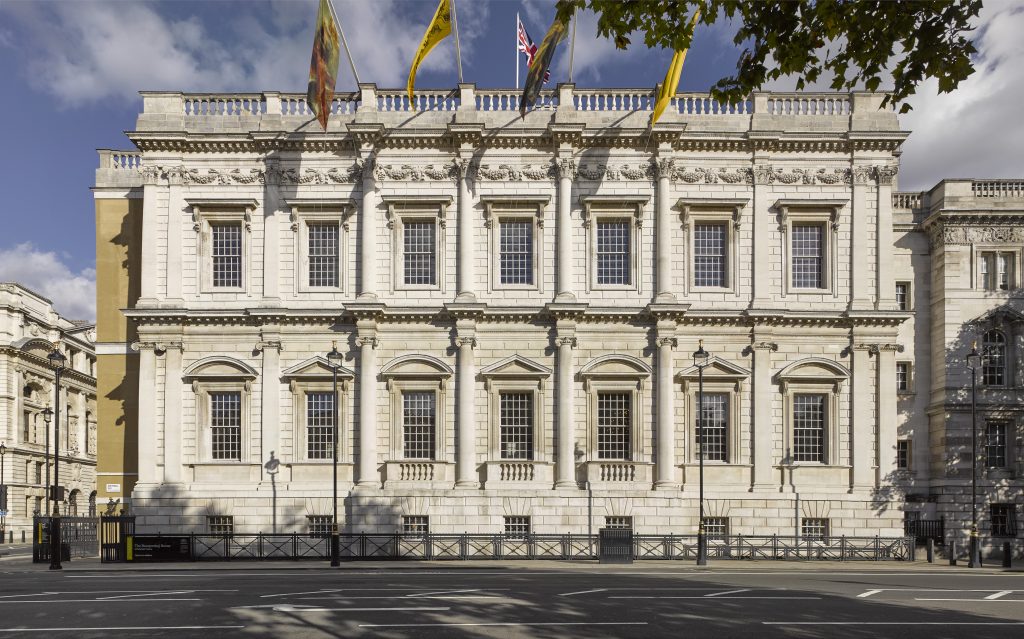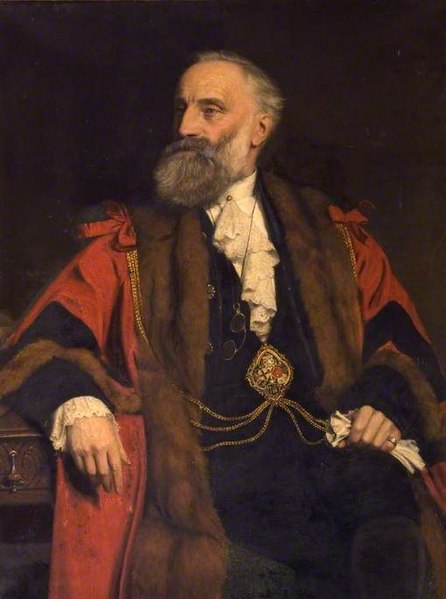How Swanage (Dorset) Became “Little London By The Sea”
Former Lord Mayor, Sir John Stuttard, explains at 2.30p.m. on Tuesday 07 March at Gold Hill Museum how architectural curios from the City of London found a new home on the Dorset coast at Swanage. The frontage of Swanage Town Hall, for example, built 1882-83, (above) was recycled from the 1670 Mercers’ Hall in Cheapside. Sir John’s illustrated talk, entitled “London and Dorset: A Shared History in Construction”, is free to members of The Shaftesbury & District Historical Society, while open to the public on payment of £3 at the door.

The London-Dorset connection began with the demand for Purbeck marble and Portland stone to adorn high-status buildings in the capital. Blocks of cut stone were shaped and stored in “bankers” at Swanage, prior to being manhandled into horse-drawn carts and driven into the sea for loading onto lighters and then barges. In 1666 much of London was destroyed in the Great Fire. Sir Christopher Wren’s decision to rebuild St Paul’s Cathedral substantially in Portland stone created a huge demand – nearly a million cubic feet of stone was used – and established a regular trade by sea to the Thames. Portland stone became the fashionable choice for notable Georgian buildings such as the British Museum, Somerset House, the Bank of England, the National Gallery, and Mansion House, official residence of Lord Mayors of London like Sir John. Chief architect of the Bank, Sir John Soane, was responsible for the present-day appearance of the 17th century Banqueting House when he decided in the early 19th century to clad it in Portland stone.

The links between Swanage and London were reinforced when John Mowlem (1788-1868), stonemason and son of a Swanage quarryman, moved to London in 1807. After working on Nelson’s Tomb in St Paul’s and on Somerset House, he set up a thriving business as a paving contractor and stone merchant, in which he was joined by George Burt (his wife’s nephew) and Joseph Freeman (Burt’s brother-in-law). Eventually Mowlem returned to Swanage and in the absence of any Mowlem heirs the company passed to Burt, while retaining the Mowlem name to the present century. It was Burt who, in fulfilling lucrative contracts to widen and resurface London thoroughfares, sent redundant items of street furniture (and sometimes whole buildings) as ballast to Swanage, where they were re-used, and can still be seen, in “Little London by the sea.”




